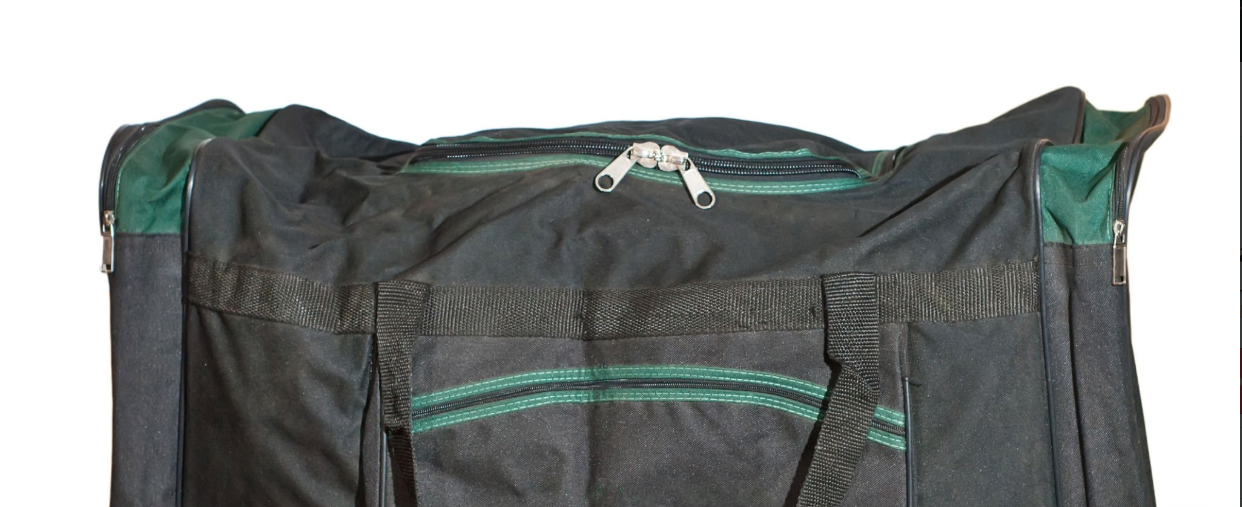Are There Any Luggage Restrictions for Tanzania Safari Flights?
Soft Duffle Bags Only, Planning a safari in Tanzania is an exciting adventure, but packing for it requires careful consideration—especially when it comes to luggage restrictions on safari flights. Unlike international commercial flights, domestic and regional flights in Tanzania, particularly those servicing popular safari destinations, have strict baggage policies due to the small aircraft used.
In this comprehensive guide, we’ll explore the luggage restrictions for Tanzania safari flights, including weight limits, prohibited items, packing tips, and airline-specific policies to ensure a smooth and hassle-free journey.
1. Understanding Tanzania Safari Flights with Soft Duffle Bags Only
Most Tanzania safari itineraries include domestic or regional flights between major hubs like Arusha, Kilimanjaro, Dar es Salaam, or Zanzibar and national parks such as Serengeti, Selous, Ruaha, or Tarangire. These flights are typically operated by small charter planes or light aircraft, such as:
-
Cessna Caravans (12-seater)
-
Beechcraft 1900 (19-seater)
-
Twin Otters (10-20 seater)
Due to the limited space and weight capacity of these aircraft, strict luggage restrictions are enforced for safety and operational efficiency.
2. General Luggage Restrictions for Soft Duffle Bags Only in Tanzania
A. Weight Limits
Most safari flights in Tanzania impose a strict weight limit of 15-20 kg (33-44 lbs) per passenger, including both checked and carry-on luggage. This limit is significantly lower than international airline allowances (usually 23-32 kg).
-
Checked Luggage: Soft-sided duffel bags are preferred (hard suitcases may not fit in small cargo holds).
-
Carry-on Luggage: A small backpack or handbag (5-7 kg) is usually allowed but must fit under the seat.
Some airlines, like Auric Air, Coastal Aviation, or Regional Air, may allow slightly higher limits (up to 25 kg) if the flight isn’t fully booked, but this is not guaranteed.
B. Size Restrictions
Since storage space is limited, luggage dimensions are also restricted:
-
Duffel Bags: Max 25-30 kg when empty and dimensions around 70 cm x 45 cm x 25 cm (varies by airline).
-
Hard Suitcases: Often not allowed due to storage constraints.
C. Excess Luggage Policies
If you exceed the weight limit, you may face:
-
Additional Fees: Typically 3−10 per extra kg, payable at the airport.
-
Delayed Luggage: If the plane is full, your bags may be sent on a later flight, which can be problematic if you’re moving between camps.
-
Denied Boarding: In extreme cases, passengers with excessive luggage may be refused boarding.
D. Prohibited Items
Certain items are not allowed on small safari aircraft:
-
Hard-shell suitcases (they don’t fit in cargo holds).
-
Drones (strictly prohibited in Tanzanian national parks without special permits).
-
Large amounts of cash or valuables (limited security on small airstrips).
-
Hazardous materials (flammable liquids, weapons, etc.).
3. Airline-Specific Luggage Policies

Different airlines operating safari flights in Tanzania have slightly varying policies:
A. Coastal Aviation
-
Weight Limit: 15 kg (33 lbs) including hand luggage.
-
Bag Type: Soft bags only (max 25 kg when empty).
-
Excess Baggage: $5 per extra kg (subject to availability).
B. Auric Air
-
Weight Limit: 20 kg (44 lbs) total.
-
Bag Type: Soft duffel bags recommended.
-
Excess Baggage: 3−8 per kg, depending on route.
C. Regional Air
-
Weight Limit: 15-20 kg (varies by aircraft).
-
Bag Type: No hard cases allowed.
-
Excess Baggage: Possible if space available.
D. Safari Air Link
-
Weight Limit: Strict 15 kg (33 lbs).
-
Bag Type: Soft-sided only.
-
Excess Baggage: Must be pre-arranged.
4. Tips for Packing Light for a Tanzania Safari
Since luggage space is limited, efficient packing is crucial. Here’s how to stay within limits:
A. Choose the Right Bag
-
Duffel Bags: Lightweight, flexible, and easy to store.
-
Foldable Bags: Some travelers bring an extra foldable bag for souvenirs.
B. Pack Smart
-
Clothing: Lightweight, neutral-colored safari wear (avoid bright colors).
-
Layering: Mornings and evenings can be chilly; pack a light jacket.
-
Shoes: Comfortable walking shoes + sandals (avoid heavy boots).
-
Toiletries: Travel-sized bottles (liquids under 100 ml for carry-on).
C. Essential Items to Bring
✔ Passport & travel documents
✔ Binoculars (compact)
✔ Camera gear (lightweight)
✔ Sunscreen & insect repellent
✔ Medications & first-aid kit
D. What to Leave Behind
✖ Excessive electronics (limited charging options in camps).
✖ Jewelry & valuables (safari camps are safe, but small planes aren’t).
✖ Bulky books (use e-readers instead).
5. What If You Have Extra Luggage?
If you’re carrying photography gear, medical supplies, or extra clothing, consider these options:
-
Pre-Book Extra Weight – Some airlines allow pre-purchasing extra kg at a lower rate.
-
Use a Luggage Storage Service – Hotels in Arusha or Dar es Salaam may store extra bags.
-
Coordinate with Your Safari Operator – Some luxury lodges offer laundry services, reducing clothing needs.
6. Final Thoughts
Tanzania safari flights have strict luggage restrictions due to small aircraft sizes, with most limiting passengers to 15-20 kg of soft-sided luggage. To avoid excess fees or delays, pack light, use duffel bags, and confirm your airline’s specific policies in advance.
By planning wisely, you can enjoy a seamless journey into the heart of Tanzania’s breathtaking wilderness without the stress of baggage issues.










